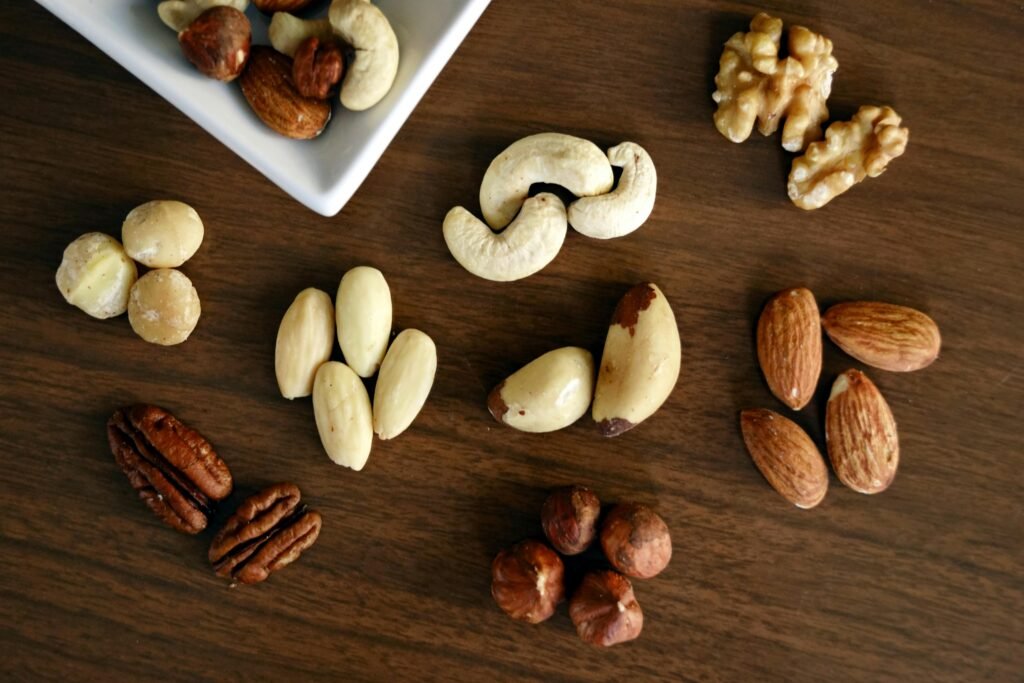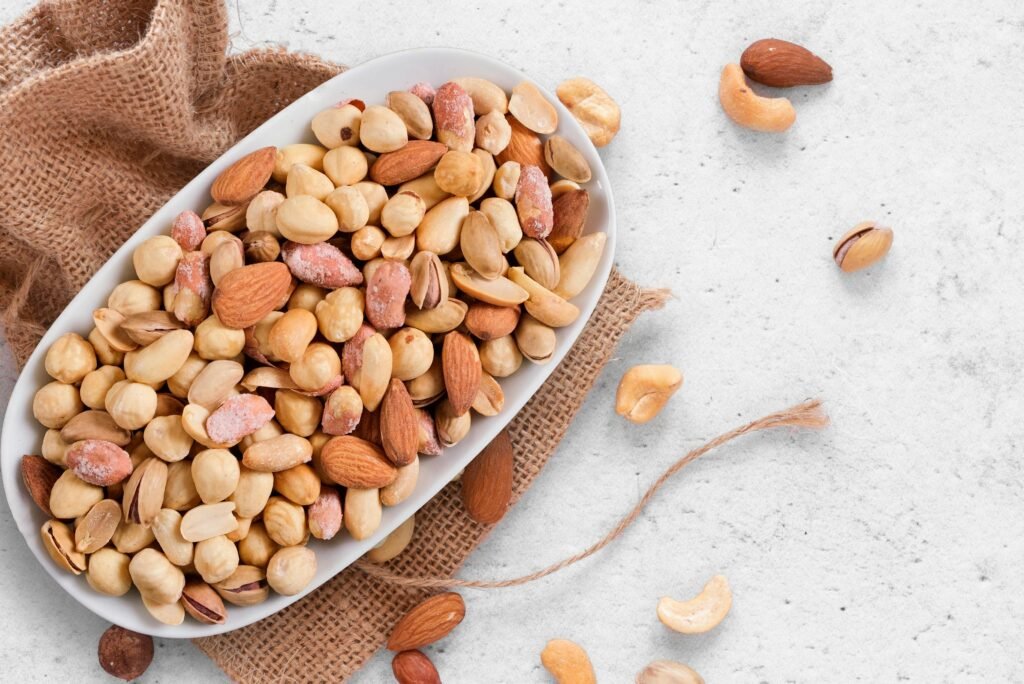How to Identify Good Dry Fruits
Ever grabbed a handful of dry fruits expecting a burst of flavor and crunch, only to be met with blandness or that odd chemical aftertaste? Yup, we’ve all been there. Dry fruits are meant to be little pockets of goodness—packed with nutrients, antioxidants, and energy. But with so many options on shelves, it’s easy to end up with low-quality, over-processed ones that do more harm than good.
So, how do you spot the good stuff? This guide breaks it down for you—simple tips to choose top-notch dry fruits, keep them fresh, and enjoy them the right way. Your healthy snacking game is about to level up.
1. Check the Appearance
The first and most obvious step to identify good dry fruits is by examining their appearance.
- Color and Texture: Premium dry fruits have a natural color and consistent texture. For example, good-quality almonds are light brown and smooth, while high-quality cashews are creamy white without dark spots. Avoid dry fruits with an unusually bright color, as they may have artificial polish or colorants.
- Size and Shape: Uniform size and shape indicate careful sorting and quality control. Uneven or broken pieces may be a sign of lower-grade products.
2. Smell the Dry Fruits
Fresh and natural dry fruits emit a mild, nutty aroma. A musty, sour, or rancid smell is a clear indicator of spoilage or poor storage conditions. Always smell before you buy if possible, especially in local markets.
3. Taste Test (When Possible)
A small taste can reveal a lot. Fresh dry fruits taste sweet, nutty, and rich. A bitter or stale taste often means the product is old or rancid. In the case of dates and raisins, they should be chewy and sweet, not hard or overly dry.
4. Check for Adulteration
Many low-quality sellers add artificial color, oil polish, or sugar coating to make dry fruits appear fresh. Rub the dry fruits gently with a white cloth—if color or oil comes off, it’s best to avoid them. Opt for unpolished and organic dry fruits whenever possible.
5. Packaging and Brand Reputation
Always buy from a trusted brand or vendor with transparent packaging. Look for labels that mention FSSAI certification, expiry date, and origin of the product. Vacuum-sealed or airtight packaging helps retain freshness and prevent moisture.
6. Storage Conditions
Even good dry fruits can go bad if not stored properly. Check for moisture or insects in open dry fruits. High-quality dry fruits are stored in cool, dry places and away from direct sunlight.
Conclusion
When it comes to dry fruits, quality is everything. By learning how to identify fresh, natural dry fruits, you can make better choices for your health and enjoy tastier, more satisfying snacks.
By checking the appearance, smell, taste, packaging, and brand reputation, you can easily identify good dry fruits. Always choose unadulterated, fresh, and organically sourced dry fruits for the best taste and health benefits. Investing in quality ensures you enjoy the full nutritional value of these natural powerhouses.Whether you’re new to dry fruits or a seasoned snacker, let Sumewam Delights be your trusted companion on the journey to better health. Explore our range today and start incorporating dry fruits into your daily routine with confidence!


